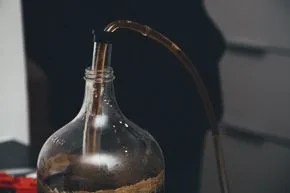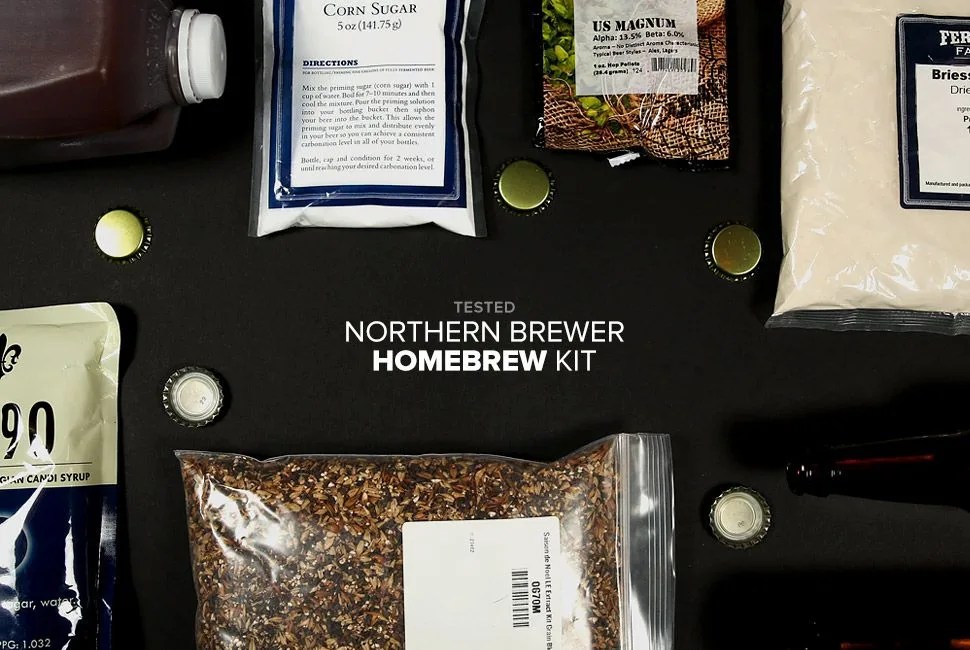If you haven’t yet joined the homebrew revolution, there are fewer and fewer excuses. High quality hops, once under the sole purview of large importers, are now available for order online, as are brewery-grade grains and yeasts. Equipment costs are also falling, though if you don’t think you can scrounge up the cash, and don’t have any friendly relatives that could help you out on a birthday, or holiday, you can always make your own for around $20 worth of easy-to-find, dollar store components, plus the cost of ingredients.
MORE BOOZY FUN: Best Bottle Openers | Best Double IPAs | The Quest for the Elusive Heady Topper
Of course, that seems like a hassle, especially since Northern Brewer, Minnesota-based purveyors of quality beer and winemaking supplies, offers the 1 Gallon Small Batch Starter Kit ($50) for only $30 more… and that includes ingredients. With the kit, you get almost everything you need to make a great beer: a 1 gallon fermentation jug with cap and airlock, a mini Auto-siphon and tubing, a bottle filler, 8 ounces of Easy Clean cleanser (perhaps the greatest tool in a homebrewer’s arsenal, as anyone who’s ever made something that tastes like burnt rubber knows), a bottle capper and caps, a “Homebrewing 100: The Small Batch Way” DVD and your choice of ingredients to make either a honey ale, a honey porter, a brown ale or an Irish red ale. All you need to do is supply a kettle, a stove and the empty bottles, and you’re in business.
TIPS FROM OUR BREW

A few tips that the otherwise explicit instructions don’t mention. During the two weeks that the beer spends in the fermentation jug, and the two weeks it spend in bottles, the beer should be kept in a dark, temperature-controlled environment. Wrap the jug in tin foil (to help control the light) and a towel (to help control the temperature) and put it in the back of a closet. Then, after bottling, mark the date on the caps with a Sharpie — you think you’ll remember the date now, but you won’t, especially not after a couple beers.
The brewing process is fairly basic, and takes about three hours: steep some grains, add a source of sugar, cool the kettle, put the liquid in the jug, throw in some yeast and put on an airlock. Over the course of the brew, the yeast converts the sugars into energy, producing alcohol as a byproduct. As long as you remember to sterilize, sterilize, sterilize, and put on the airlock correctly, you should be ready to bottle in about two weeks. The hardest part is figuring out how to use a siphon to get the beer from the fermentation jug into bottles, though plenty of fuel thieves YouTube videos demonstrate the proper technique. After two more weeks in bottles, the beer is ready to be consumed.
